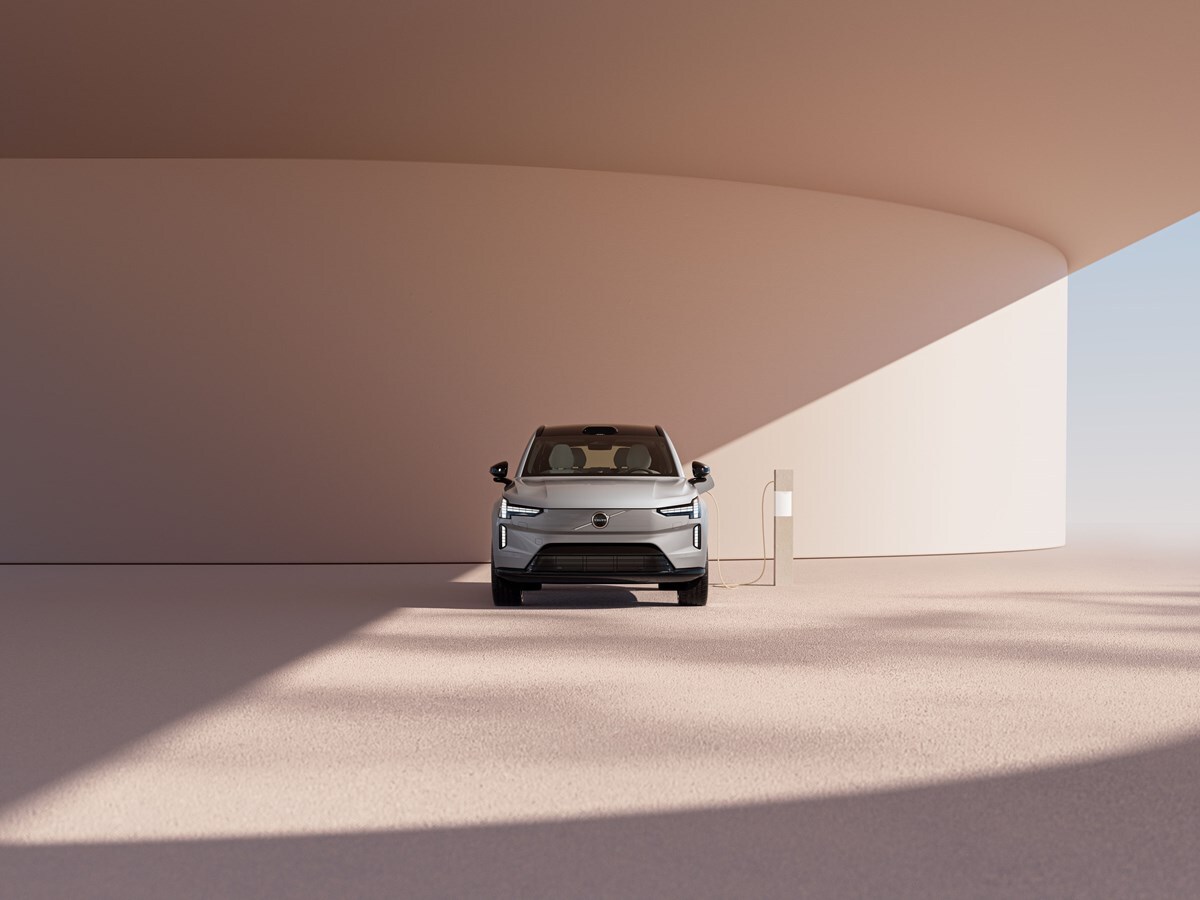
In a groundbreaking move toward a more sustainable future, Volvo Cars has expanded its commitment to environmental responsibility with the launch of Volvo Cars Energy Solutions. This innovative business unit is poised to revolutionize the role of electric cars beyond mere transportation, unlocking the potential for stationary vehicles to become integral components of a smarter, more efficient energy grid.
Electric cars have long been celebrated as a crucial step in reducing tailpipe emissions and combating climate change. However, Volvo recognizes that the impact of these vehicles can extend far beyond the reduction of greenhouse gasses. Stationary electric cars, when strategically integrated into the energy ecosystem, have the capacity to power homes, appliances, and even contribute surplus energy back to the grid.
At the forefront of this initiative is the incorporation of bi-directional charging technology into Volvo's latest flagship model, the fully electric EX90 SUV. This cutting-edge feature enables the vehicle to give back excess battery power to the grid, providing a vital contribution to grid stability during peak hours and reducing reliance on fossil-generated electricity. The EX90 SUV is equipped with the necessary hardware for bi-directional charging, with software updates planned over time to enable direct energy storage from solar sources.
In collaboration with Göteborg Energi Nät AB, the local grid company in Volvo's Swedish hometown of Gothenburg, the company is launching one of the first vehicle-to-grid (V2G) pilot programs. This initiative will test V2G technologies on the local energy grid and in real homes, using a low-cost AC wallbox to accelerate the widespread adoption of this transformative technology.
Alexander Petrofski, the newly appointed head of Volvo Cars Energy Solutions, emphasizes the multifaceted benefits of bi-directional charging. "With bi-directional charging, you can use your car battery as an extra energy supply, for example to provide power to your home, other electric devices, or another electric Volvo car," says Petrofski. The goal is to extend this feature across Sweden, paving the way for broader acceptance of similar charging and energy storage services across Europe.
As Volvo aims to become a fully electric car company by 2030, the cumulative battery capacity of its electric fleet is projected to reach around 50 GWh by the mid-decade. Recognizing the flexibility of energy consumption, Volvo's engineers have identified significant spare battery capacity that can be repurposed for other uses. The implementation of bi-directional charging, such as V2G scenarios, offers customers financial benefits and contributes to climate goals by delivering energy back to the grid during peak demand periods.
Petrofski explains, "The idea with building an energy ecosystem around your car and the batteries is that it allows you to save money and reduce your CO2 emissions, while energy firms benefit from reduced grid investments and a lower overall impact on the environment."
Volvo Cars Energy Solutions envisions a comprehensive ecosystem of energy-related products and services, including not only V2G but also vehicle-to-home (V2H) products, allowing users to send energy back to their homes, and vehicle-to-load (V2L) services, enabling electric car batteries to power camping gear or charge electric bicycles.
Over time, Volvo anticipates that Energy Solutions will generate significant new revenues from these innovative products and services, adding value not only to their core business but also to customers' daily lives and the environment. As Volvo Cars continues to drive toward a sustainable future, the launch of Volvo Cars Energy Solutions marks a pivotal moment in the automotive industry's role in shaping a greener, more connected world.
Don’t miss any of the latest news from Volvo! Follow along by reading our blog here at Scott Volvo and stay up to date with all things Volvo.
 AdChoices
AdChoices